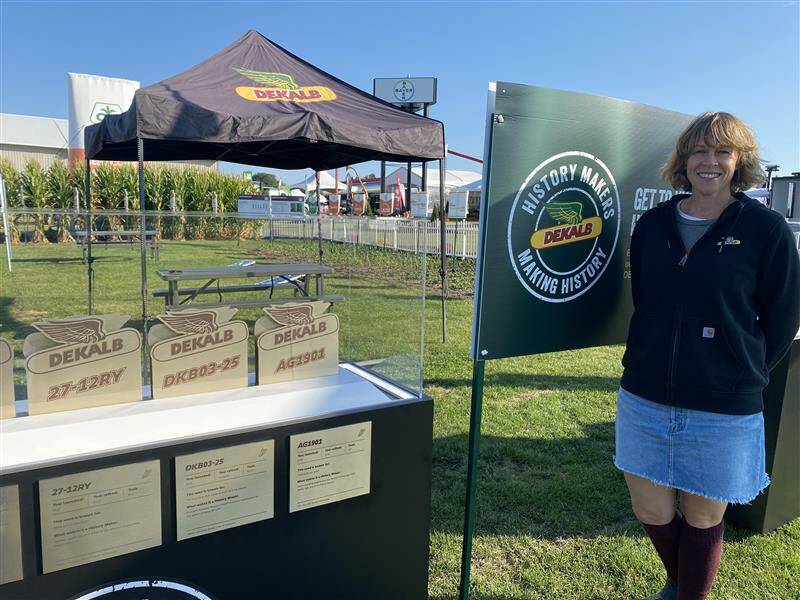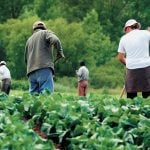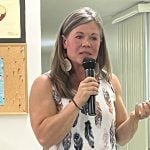Flattened grain fields are not mysterious crop circles but symptoms of lodging when too much rain knocks over vulnerable barley and wheat.
Crop specialist Neil Whatley of Alberta Agriculture said lodging has been more widespread in cereal crops for the last four years in parts of central and northern Alberta, where lush growth causes weak-stemmed plants to fall over.
There has been less rain this year, but incidences of lodging continue in central Alberta and into some northern regions.
“Some areas have had about average rainfall and they have had some lodging, too,” Whatley said.
Read Also

Dekalb’s blast from the past
Bayer celebrated the brand’s greatest seed hits at Canada’s Outdoor Farm Show
Cereals are most susceptible, but peas can also fall over. Canola is less vulnerable because of its stronger stem.
Yields losses vary.
“There is not a lot of yield loss if you can pick it up. If the stem isn’t broken, you can get nutrients and water flowing through there so it’s not going to decrease yield too much,” he said.
“It usually happens to the good crops. You can pull a crop off and still not having much yield decrease. A lot of the combines and swathers are good at getting low these days.”
Fact sheets from Alberta Agriculture say lodging can alter plant growth and development because it affects the movement of nutrients and moisture from the soil. It can contribute to uneven maturity, high moisture and loss of grain quality because of sprouting and possible moulding.
This year has had less rain, but generous applications of nitrogen and higher seeding rates can contribute to heavier growth and changes in the plant stems where the area between the nodes is longer and weaker.
“The lower internodes are especially vulnerable because they need to withstand the greatest amount of movement,” Whatley said.
Semi dwarf varieties have stiffer straw so they can withstand the pressure. Lodged crops try to compensate, but they never return to a standing position.
“A crop that lodges fairly early will recover through the formation of elbow joints at the lowest stem nodes. The cells on the lower side of the node elongate and try to force the stem to stay erect,” he said
Potassium deficiency can be another cause of lodging, although most prairie soils have adequate levels. The straw of potassium deficient plants seems more brittle and more vulnerable to collapsing.















